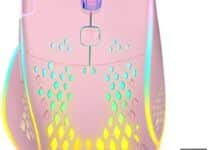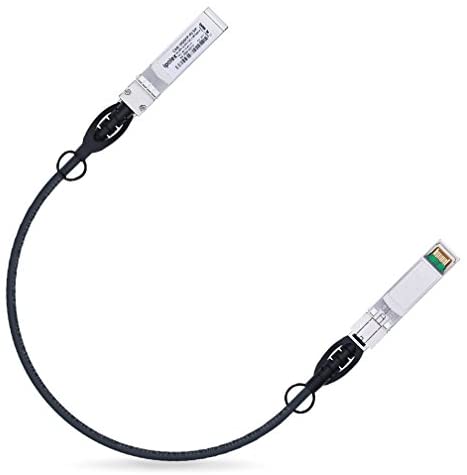New techniques for producing lithium could play a vital part in making batteries for applications ranging from smartphones to electric vehicles that are more environmentally friendly than current methods of extraction.
According to a Reuters report, car makers, mining companies and investors including the US Energy Department are pouring money into direct lithium extraction (DLE) technologies that hold out the promise of boosting global lithium production, which is mostly sourced from just a handful of countries today.
There are a number of DLE technologies which all revolve around extracting the metal from brine in various ways, such as using filters, membranes, or ceramic beads. These are touted as more sustainable solutions than existing ways of obtaining lithium, such as pumping lithium-containing saltwater from underground lakes to the surface in desert areas of Chile or Argentina, and extracting it through evaporation in large basins.
However, while DLE techniques do not require the use of enormous evaporation basins, some critics have argued that they still consume large volumes of water and electricity to produce the lithium.
For example, General Motors is aiming to use a DLE technique to supply a considerable amount of the lithium it needs from the Salton Sea region in southern California, which reportedly uses 10 tons of water for every ton of lithium produced.
But one company in Cornwall, UK, believes it has found a more environmentally responsible method of getting lithium from brine. Cornish Lithium said it aims to extract lithium from geothermal waters, and also power the extraction process with geothermal energy from the same source.
Cornish Lithium said it is planning to directly extract the lithium from the fluids in a processing unit that is expected to have a footprint the size of a supermarket or medium sized industrial unit.
The company said it has already received £9m ($11.7m) of a package of up to £18m ($23.5 million) from metals-focused investment company TechMet Limited to develop its technology, and has recently begun drilling a research borehole at Twelveheads, near Redruth.
Elsewhere, an Australian firm, Ekosolve Lithium Limited, announced this week that its DLE pilot plant has processed lithium brines from the Incahuasi Salar, a salt basin in the Catamarca region of north-western Argentina, and achieved a recovery of greater than 90 percent of the lithium present.
It claimed that 200 liters of brine was processed, with high-grade lithium chloride produced. This can then be converted to battery-grade lithium carbonate or used as feeder stock for other lithium compounds, according to the firm.
- Electric car makers ready to jump into battery recycling amid stuttering supply chains
- US boffins: We’re close to fusion ignition in the lab – as seen in stars and thermonuclear weapons
- Battery recycling boosted by dentist-style ultrasonics, if manufacturers can cooperate
- Australian Federal Police hiring digital evidence retrieval specialists: Being a very good boy and paws required
In Canada, E3 Metals recently announced it had received $1.1m of a $1.8m grant from the Alberta Innovates research agency following completion of its lab-based pilot DLE prototype that uses a proprietary ion-exchange process to extract lithium.
It now aims to build and operate a field pilot plant that will operate continuously within the Clearwater area to extract lithium directly from the brine produced from the Leduc Aquifer, in order to demonstrate that it can scale up to a projected commercial scale of 20,000 tons per year of lithium hydroxide monohydrate.
The National Renewable Energy Laboratory (NREL) in the US is also researching DLE methods, and said they could potentially deliver 10 times the current US lithium demand from the Salton Sea.
“Lithium-rich geothermal brines represent a vast, untapped resource that can potentially be developed into a robust domestic supply while adding to a well-paying workforce,” said NREL senior geoscientist Ian Warren, in an announcement last year about its research into DLE.
“The increasing global demand and the need for a secure supply of lithium has created a deep interest – and urgency – in fully developing DLE that is considered environmentally safe,” he added. ®


